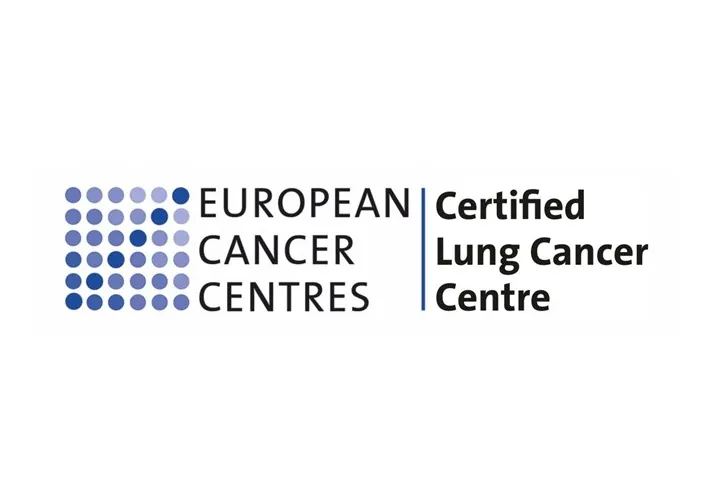Lung cancer is a malignant tumor (carcinoma) in the lung. It is the leading cause of cancer deaths in Switzerland. In 80% of cases, lung cancer is caused by tobacco.
The surgeons work with otherprofessionals at the Lung Cancer Center.
Lung cancer is increasing in women.
According to the World Health Organization, mortality related to this disease has decreased in men since the 1980s, but has increased sharply in women since that same time. This difference between the two genders is linked to a change in women's smoking habits. They gradually started smoking starting in the 1960s, while the smoking epidemic for men had started long before that.
Two types of lung tumors
There are two main types of tumors: non-small cell carcinoma and small-cell carcinoma.
- Non-small cell carcinoma is more common (85% of cases). It is treated by surgery if its stage allows this. Unfortunately, only a quarter of tumors of this type are at an operable stage when they are discovered. Non-small cell carcinomas that are operated on may require additional treatment with chemotherapy, immunotherapy and/or radiotherapy. Treating lung cancer requires a complex approach that involves all relevant medical disciplines within the HUG.
- Small-cell carcinomais more rare (15% of cases). Surgical treatment is not often indicated. The limited extent of the tumor and its location in peripheral lung regions are the main criteria for possible treatment with surgery.
What is lung cancer surgery?
Whichever technique is selected, lung surgery is performed under general anesthesia. The operation consists of removing the tumor site and the type of resection is determined based on the extent of the tumor:
- segmentectomy (removal of one or more lung segments) is used for small tumors.
- lobectomy (removal of one or more lobes) is performed if the tumor is large or too close to the heart.
- pneumonectomy (total removal of a lung) is used when it is necessary to remove an entire lung to eliminate the tumor (rare).
In addition, lymph node dissection removes the lymph nodes surrounding the bronchi and trachea, which are often the first site of metastasis.
The majority (around 80%) of lung resections are currently performed with minimally invasive and video-assisted surgery techniques (thoracoscopy or VATS).
For more information on surgical treatment and hospitalization, visit the website of the Lung Surgery Unit.

